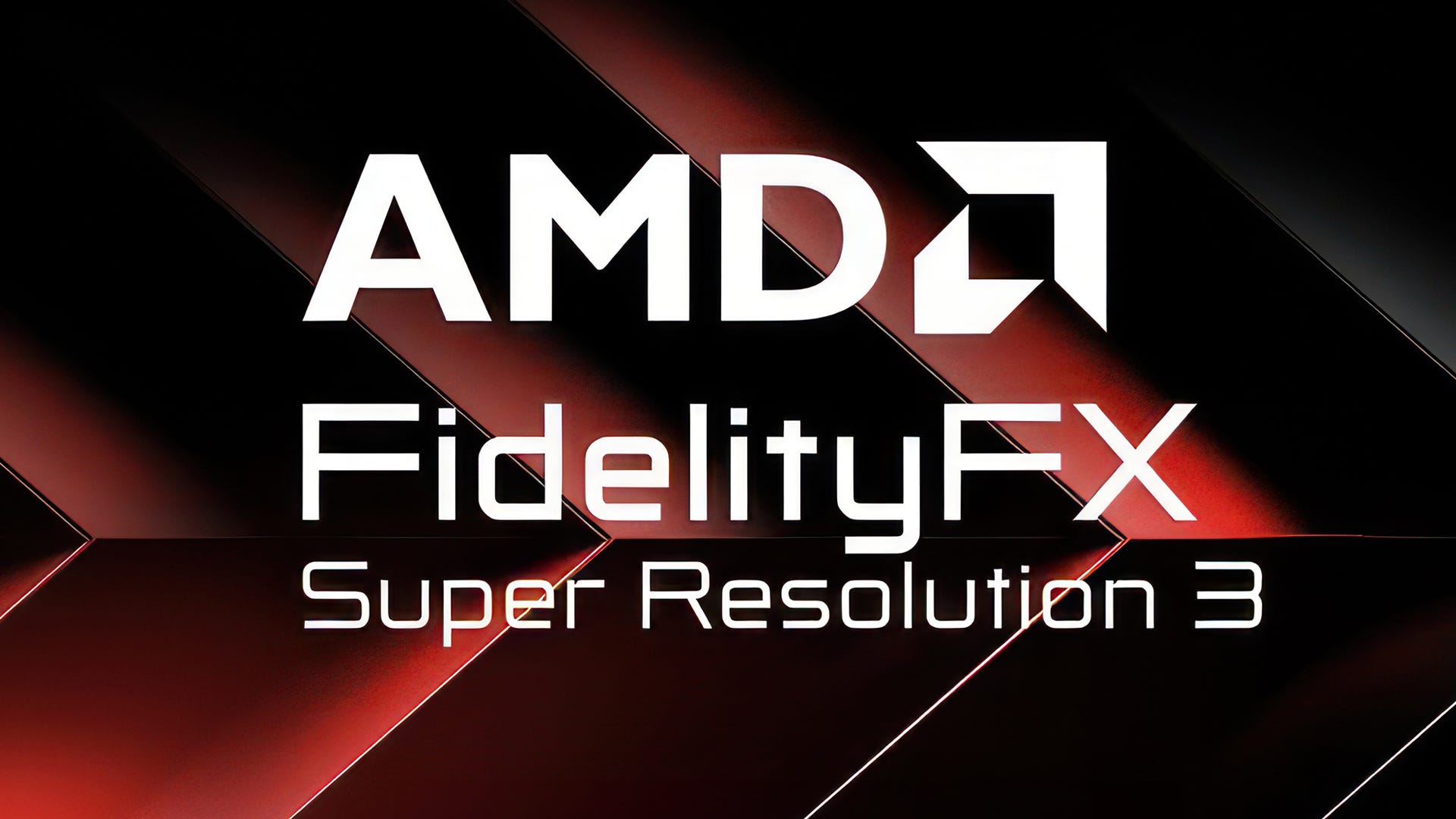
Last Friday, AMD finally released FSR 3 frame generation, its answer to Nvidia's DLSS 3. Two titles had supported added: Forspoken and Immortals of Aveum. We'd already seen demos of both games under controlled conditions at Gamescom back in August, but this was our first chance to go hands-on and to truly put FSR 3 through its paces. The verdict? Image quality in terms of generated frames is impressive, but elsewhere there are some fundamental issues AMD needs to address.
Let's quickly review what frame generation is about. Nvidia kicked this all off with DLSS 3, and in many respects, FSR 3 follows the exact same principles. The next frame is rendered and the one beyond that too, then via a combination of optical flow analysis informed via inputs from the game engine - such as motion vectors, for example - an intermediate frame is generated that slots in between them. Frame-rate then typically receives an extraordinary boost - in my tests with FSR3 in Immortals of Aveum on an RX 7900 XTX at 4K resolution, it's a 71 percent boost compared to standard rendering.
I'm careful in using words to describe the frame-rate uplift, because similar to DLSS 3, I don't think you can call it 'extra performance' as such, even though both Nvidia and AMD will likely use that term. The game itself is still performing as it was without frame generation and in fact, the extra calculations required to generate the intermediate frame have a cost of their own, so one might even argue that frame generation reduces performance.
